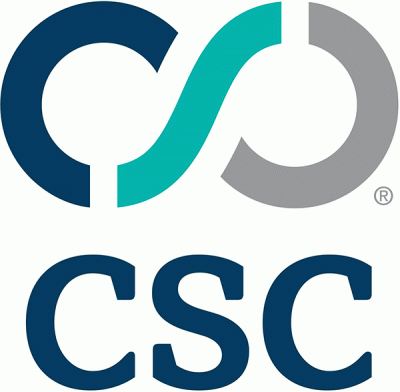


|
||
|
||
When the holidays roll around every year, online searches for toys increase, giving counterfeiters the opportunity to sell knock-offs of popular items. This time of year can prove expensive—not just in terms of cash flow, but safety too. Consumers looking for a bargain may not even think about toy safety, or recognize that they’re buying a fake, inferior product.
Online sales in 2020 were up by 36% on the previous year. This tells us more and more consumers are choosing to buy their gifts online—a trend that has continued since the onset of the COVID-19 pandemic. But without being able to handle the goods before purchase, how do consumers know if what they’re getting is genuine and safe? Recent reports issued by the British Toy and Hobby Association (BTHA)1 and Toy Industries of Europe (TIE)2 indicate that toy safety should be a key consideration when shopping online. Cheap, unsafe counterfeit toys are not a new issue, but a growing trend of unregulated sellers flooding online marketplaces makes it difficult for consumers to grasp the scale of the problem.
Tests conducted by the BTHA on 225 randomly selected toys purchased through some of the world’s top marketplaces showed 88% of the toys failed to comply with UK safety requirements, 48% were unsafe for children, putting them at risk of choking, strangulation, burning, poisoning, or electrocution. The EU and UK require official toy makers and sellers to abide by strict regulations; manufacturers, importers, distributors, and authorized representatives also have strict obligations. The absence of legal repercussions for sellers on online marketplaces reduces the incentive to comply, meaning that toy safety is frequently overlooked.
The reputation of the marketplace site itself may instill confidence in the consumer that they are buying from a trusted source. However, the truth is that the actual seller isn’t the marketplace, but rather a third-party vendor who may be located overseas, and either shipping direct or via the marketplace’s fulfillment channel. Furthermore, customers may assume that checks will be in place to verify the legitimacy of the products in question. The reality is that there may be no such oversight by the platform for the listed toys.
In the UK, there are no laws mandating that marketplaces must undertake product safety checks on goods from third parties. In addition, many third-party sellers are located overseas, making it even harder to regulate. For these reasons, the BTHA has called for the tightening of product safety laws beyond the jurisdiction of UK enforcement.
Marketplaces are not the only source of unsafe toys, of course. Since some social media channels have developed marketplaces and in-app purchasing, sponsored ads have become an easy way for counterfeiters and opportunistic sellers to market their products more widely.
Social media companies use algorithms to ensure that advertisements are shown to users who have researched a specific topic. Therefore, if you searched for toys in a search engine recently, it’s no coincidence that toy ads then start to appear on your social media feed. In addition, sponsored ads allow for “ghost” (barely established) businesses to target audiences with minimum time and effort since the algorithm does it all for them. It’s also common for sellers advertising with sponsored social media ads to abuse established brands’ intellectual property. For example, they may illicitly copy the designs or use images or videos from established brands advertising the products, but skillfully remove original brand logos.
So how as a consumer can you navigate online toy shopping with children’s safety in mind?

Seek out seller and manufacturer information: Check available seller information under the seller and shop pages on online marketplaces. Does the seller specialize in toys? Check their reviews. Where is the seller located? Does the site state where the product will be shipped from? Does packaging provide the manufacturer’s information?
Of course, the proliferation of counterfeit toys also affects brands. When a fake product breaks, malfunctions, or causes harm, consumers blame the authentic company, damaging their reputation.
CSC supports brand owners in their efforts against counterfeits, and brand and IP abuse. Here’s our advice for brand owners to help protect consumers by enabling them to recognize genuine products.
Having a robust brand monitoring and enforcement strategy in place is the most proactive way for brands to ensure that counterfeit versions of their goods are removed from the internet with speed and efficiency. If you’d like to talk to one of our team members about your brand protection program, please complete this form.
Sponsored byVerisign

Sponsored byRadix

Sponsored byDNIB.com

Sponsored byCSC

Sponsored byVerisign

Sponsored byIPv4.Global

Sponsored byWhoisXML API
